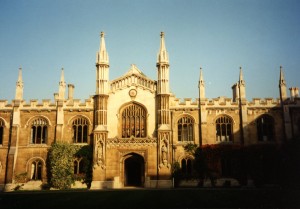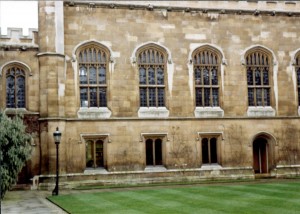Seminar on the Evidence of Manuscripts (April 1994)
August 26, 2016 in Manuscript Studies, Photographic Exhibition, Seminars on Manuscript Evidence, Uncategorized
“King Alfred and His Legacy”
20 April 1994
 In the Series of Seminars on the Evidence of Manuscripts
In the Series of Seminars on the Evidence of Manuscripts
Faculty of English, University of Oxford
(20 April 1994)
Invitation in pdf.
The previous Event in the series comprised a Workshop, which considered
“Pigment-Analysis of Corpus Manuscripts”
Parker Library, 4 March 1994
and which followed the Workshop on
“Image-Processing and Manuscript Studies”
Parker Library, 15 January 1994
[First published on 26 August 2016]
This was the third of the Seminars in the Series on “The Evidence of Manuscripts” to be held at the University of Oxford and hosted by our Associate, Professor Malcolm R. Godden.

The Alfred Jewel, as depicted by Henry Shaw, ‘Dresses and Decorations of the Middle Ages’ (1843) via Wikipedia Commons.
The 2 previous Seminars at Oxford had considered:
“Research on Anglo-Saxon Manuscripts in Cambridge and Oxford”
Pembroke College, University of Oxford, June 1992
“Anglo-Saxon Manuscripts from Worcester”
Pembroke College, Oxford, March 1993





